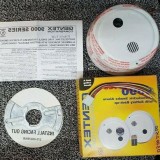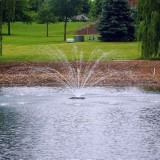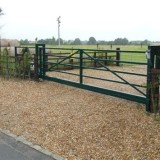Essential Aspects of Indoor Worm Farm Kit
Indoor worm farm kits have gained popularity as a sustainable and eco-friendly approach to waste management and organic farming. These kits provide a controlled environment for raising red wiggler worms, which efficiently decompose organic waste, producing nutrient-rich castings for plants.
To ensure the success of your indoor worm farm, it is essential to understand the key aspects involved. These include the kit's size, design, aeration system, drainage, and worm species. Each aspect plays a crucial role in maintaining a healthy worm population and producing high-quality compost.
In this article, we will delve into the essential aspects of an indoor worm farm kit, exploring their significance and providing tips for maximizing their effectiveness.
Kit Size
The size of the kit determines the amount of waste it can process. For small households, a smaller kit with a capacity of 1-2 pounds of waste per week may be sufficient. Larger households or those with heavy organic waste may opt for larger kits with capacities ranging from 5-10 pounds or more.
Design
The design of the kit should facilitate easy access for feeding and harvesting. Look for kits with removable trays or compartments that allow for easy separation of worms from castings. Transparent or semi-transparent bins provide visibility to monitor worm activity and bedding conditions.
Aeration System
Red wiggler worms require a well-aerated environment to thrive. Indoor worm farm kits typically include ventilation holes or an active aeration system to provide sufficient oxygen for the worms. Proper aeration prevents anaerobic conditions and unpleasant odors.
Drainage
Excess moisture can drown worms and lead to unpleasant odors. Indoor worm farm kits should have a drainage system to remove excess liquid from the bin. This can be achieved through a perforated bottom layer or by using a drainage tray underneath the bin.
Worm Species
Red wiggler worms (Eisenia fetida) are the most commonly used species in indoor worm farming. They are hardy and have a high rate of decomposition. Other species, such as European nightcrawlers (Eisenia hortensis), may also be used in indoor worm farms but may have slightly different care requirements.
Understanding the essential aspects of an indoor worm farm kit is crucial for its successful operation. By considering factors such as kit size, design, aeration, drainage, and worm species, you can create an optimal environment for your worms and reap the benefits of nutrient-rich compost for your plants.

Diy Worm Composting Bin How To Do It Right Uncle Jims Farm

Award Winning Urbalive Worm Compost Bin Anthracite Gray Brothers Farm

Diy Worm Composting Bin How To Do It Right Uncle Jims Farm

Award Winning Urbalive Worm Compost Bin Anthracite Gray Brothers Farm

Urbalive Vermicomposter

Build Your Own Indoor Worm Farm Finegardening

Build Your Own Indoor Worm Farm Finegardening

Tumbleweed 5 Gal Cube Indoor Composting Worm Farm Starter Kit 900000 The Home Depot

Worm Farm Review What One Is Best Why Waste Memberships Home Office Composting

Tumbleweed 5 Gal Cube Indoor Composting Worm Farm Starter Kit 900000 The Home Depot








